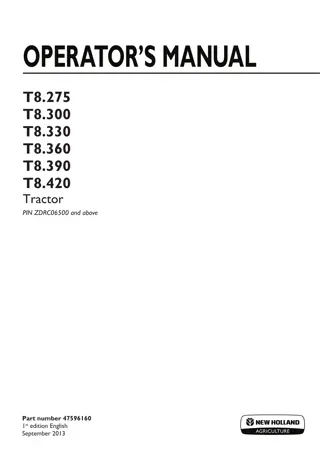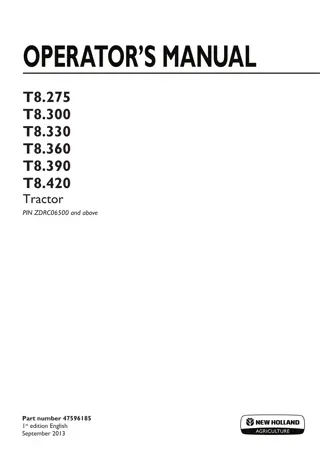Impact of Stereotypes on Perceived Facial Threat in Women Offenders
Facial expressions play a significant role in understanding emotions, but stereotypes can influence how people perceive facial affect. This study examines how reading tabloid articles about crimes committed by dark and light-skinned women offenders affects the perceived facial threat. Using a 2x2 factorial design, the research aims to explore the impact on perceived threat based on skin color and nationality mentions. The participants, predominantly students from psychology courses, will be assessed based on their responses to stimuli featuring light and dark-skinned women. The study seeks to shed light on the role of stereotypes in shaping perceptions of facial threat among different racial groups.
Download Presentation

Please find below an Image/Link to download the presentation.
The content on the website is provided AS IS for your information and personal use only. It may not be sold, licensed, or shared on other websites without obtaining consent from the author. Download presentation by click this link. If you encounter any issues during the download, it is possible that the publisher has removed the file from their server.
E N D
Presentation Transcript
Media Stereotypes and Perceived Facial Threat Brittany Waslaski Minnesota State University Moorhead
Introduction Facial expressions are important in figuring out people s emotional state (Schmidt & Cohn, 2001) Stereotypes have been found to affect people s decoding of facial affect (Hugenberg & Bodenhausen, 2003) Participants who read about dark skinned criminals had a higher perceived facial threat toward dark skinned strangers than light skinned strangers (Arendt, Steindl, & Vitouch, 2014)
Hypothesis It is hypothesized that reading stereotypic tabloid articles about crimes committed by dark and light skinned women offenders will lead to an increase in perceived facial threat in dark skinned women compared to light skinned women.
Participants Thirty students, both male and female, from lower level MSUM psychology courses Receive extra credit based on approval by their instructor Each participant will participate in each condition, but in different orders All participants will be treated according to the ethical guidelines of the American Psychological Association
Design This study will utilize a 2x2 within subjects factorial design First condition nationality and light skin color mentioned Second condition nationality and dark skin color mentioned Third condition nationality not mentioned, but light skin color mentioned Fourth condition- nationality not mentioned, but dark skin color mentioned Dependent variable is perceived facial threat Someone s understanding or interpretation of the face as a threat
Materials Four stereotypic tabloid articles 1. 7s clips of light skinned women and dark skinned women Faces change from 0% angry to 100% angry Participants will be instructed to click space bar when they feel expression has changed from non hostile to hostile 2. Demographic questionnaire 3.
Procedure Informed consent will be obtained Participants will read the stereotypic tabloid article and then watch a 7s clip of a woman s face turning from not angry to angry rating it for hostility Participants will do this four times to cover each condition Participants will then take a demographic questionnaire Written debriefing form will be provided and all questions will be answered Blue card will be awarded and be thanked for their time Session will last about 15 minutes
Results 2x2 within subjects factorial design Time for each set of article and clip will be averaged and medians will be obtained Value higher than median= Higher perceived facial threat Single factor repeated measures ANOVA will be performed Means and standard deviations will be computed for each condition























